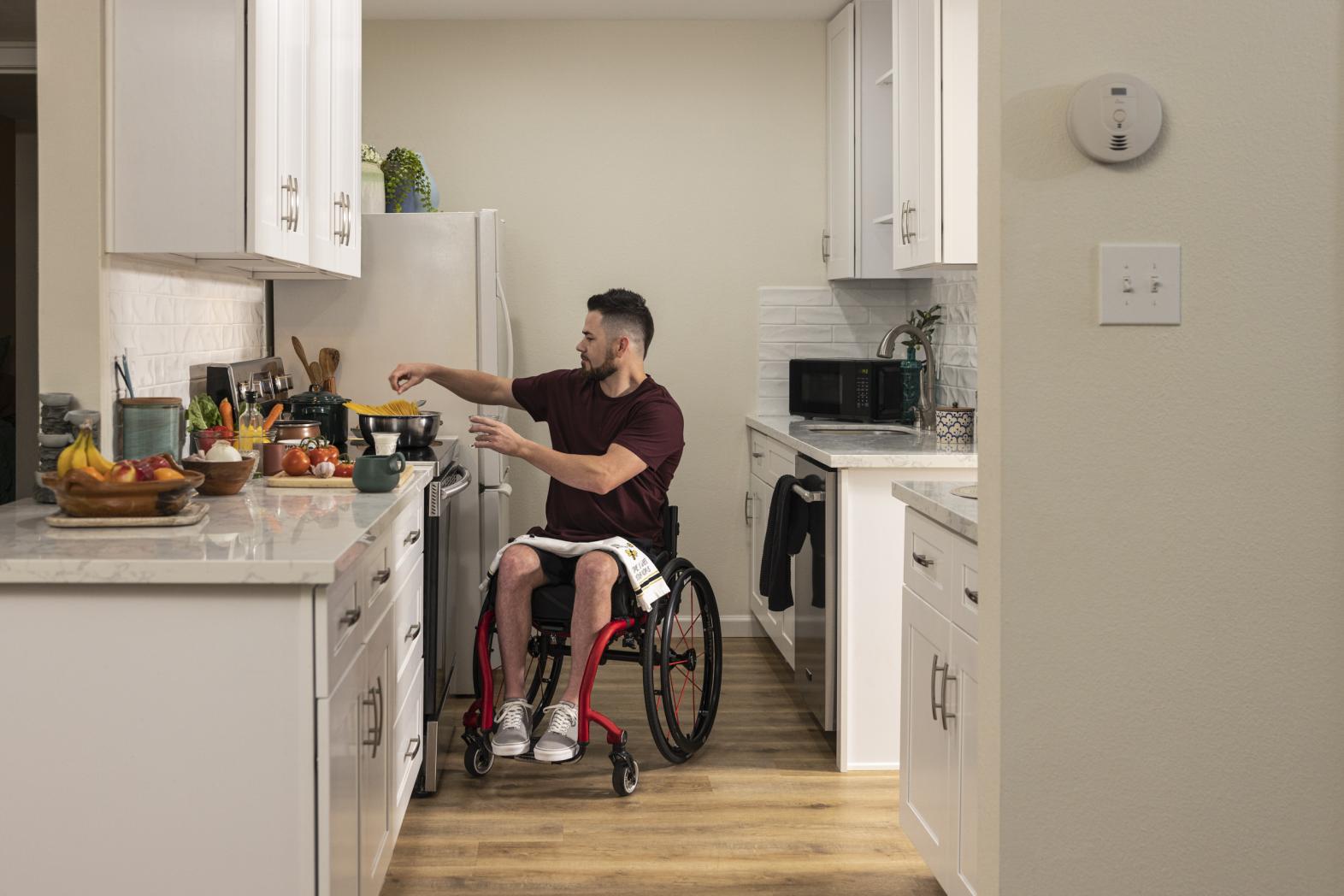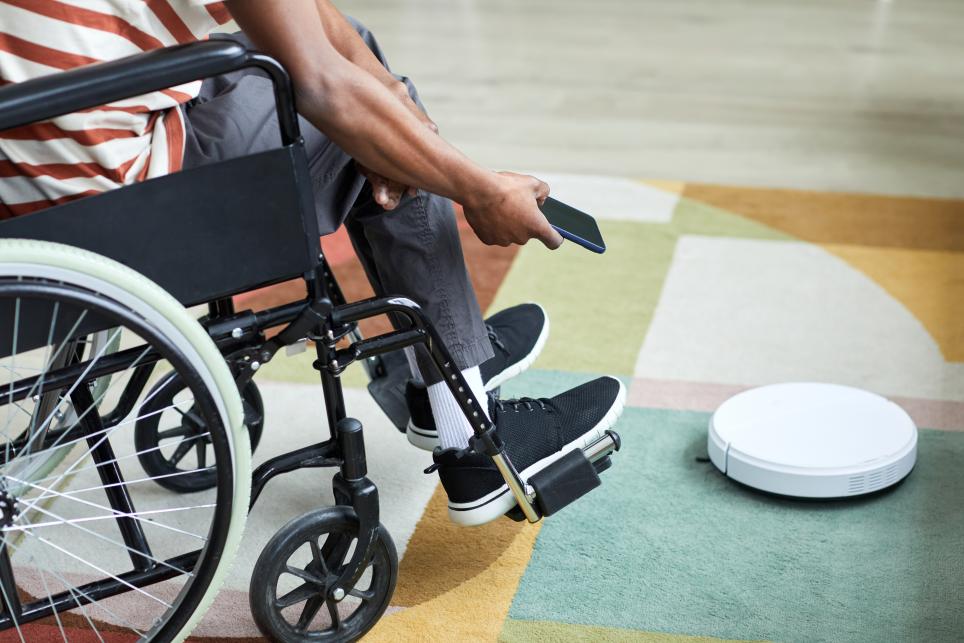What is accessibility and universal design?
Accessibility refers to the extent to which products, systems, and environments can be used by people from a population with the widest range of characteristics and capabilities.1
Universal design is the design of products, systems, and environments to be usable by all people without the need for adaptation or specialized design. Examples include curb cuts, automatic doors, and zero-step entrances to buildings.2
Why is accessibility important in standards development?
Accessibility is important in standards development because one-size-fits-all solutions rarely meet every person’s needs, but the incorporation of accessibility requirements into safety standards can support the development of systems that accommodate more users, including those with disabilities.
How is ULSE addressing accessibility when developing standards?
- Raising awareness — ULSE is committed to raising internal and external awareness on the importance of including accessibility requirements in standards.
- Identifying accessibility needs — ULSE is conducting focus groups with people who have disabilities to identify hazards related to fire safety, or specific needs that can be addressed through standards development.
- Partnering with Experts — ULSE is proud to partner with other standards development organizations to explore opportunities for collaboration and align on accessibility and standards.
How do UL standards consider the needs of people with disabilities?
We are analyzing our standards catalog to identify opportunities to provide construction and performance requirements that help make products and systems more accessible to people with disabilities. One example is the inclusion of low-frequency alarms for smoke and fire alarm systems. These low-frequency alarms are more effective at alerting people with hearing impairments, as well as sleeping persons, children, and the elderly. Several UL fire safety related standards include requirements for both low frequency and high frequency alarms:
- UL 217, Smoke Alarms
- ULC S531, Smoke Alarms
- UL 268/ULC S529, Smoke Detectors for Fire Alarm Systems
- UL 464/ULC S525, Audible Signaling Devices for Fire Alarm and Signaling Systems, Including Accessories
Related resources:
ISO/IEC Guide for addressing accessibility in standards
ISO - Examples of indirect relevance
WHO World Report on Disability
UN Sustainable Development Goals and Disability
UN Convention on the Rights of Persons with Disabilities
Fast Facts
16% of the world’s population lives with some form of disability.
Accessibility refers to the extent to which products, systems, and environments can be used by people from a population with the widest range of characteristics and capabilities.



